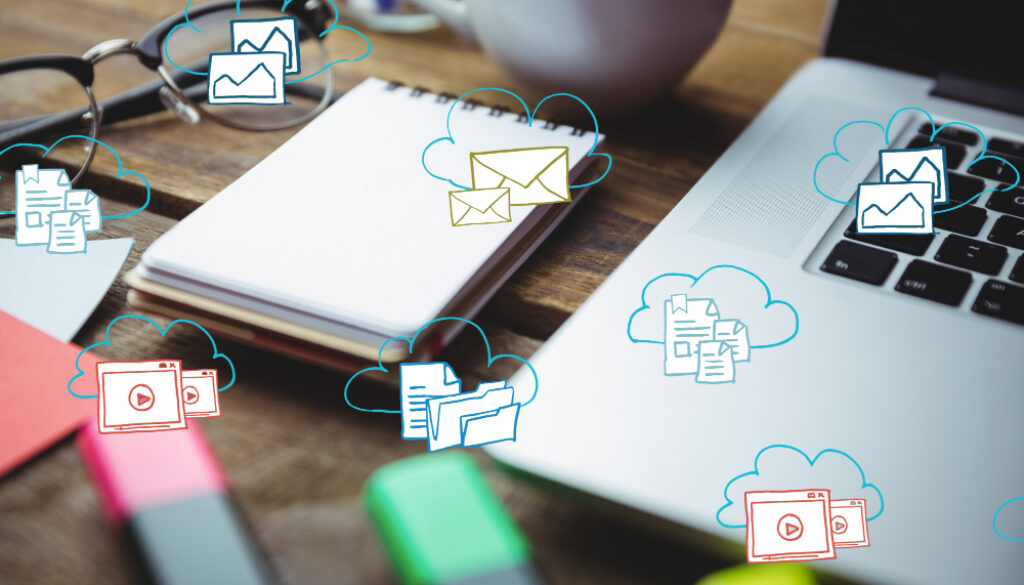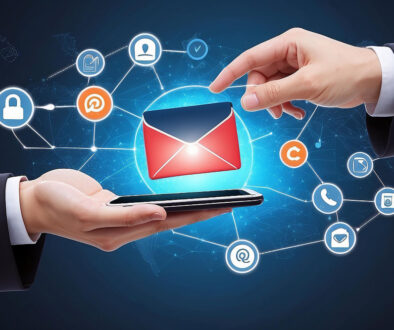Exploring the Different Types of Email Marketing: A Comprehensive Guide
Inroduction
Email marketing remains at the front line of customer engagement, brand visibility, and the all-important revenue generation for businesses. With a global base of over 4.3 billion email users, it has become a reality that grows to reach a high audience with email marketing campaigns. Let this guide help you understand types of email marketing campaigns that will help you reach your business goals.
Inbound vs. Outbound Email Marketing
Email marketing strategies can be distinguished between inbound and outbound. Inbound email marketing follows a permission-based approach by emailing persons interested in the brand or products. In this technique, customers get personalized content and offers that answer the needs of various customers at various stages of the purchase journey. Outbound email marketing focuses on emails sent to a large audience, which might have yet to have exposure to the brand.
Emails that are Sent Periodically
Emails are sent regularly to update relevant matters or keep the recipient engaged. Through a campaign of this kind, a company could be updated on information about the company, new trends in the industry, and any other items of interest to the receiver. These campaigns can keep subscribers connected and interested in the brand by providing valuable information regularly.
Onboarding and Welcome Emails

The best ways to introduce new subscribers to your product or service and its features and benefits are through onboarding and welcome emails. For this reason, the initial few emails in the series are crucial since they establish the tone for subsequent correspondence, provide the ideal favorable image, and get a client relationship off to a good start.
Drip Campaigns
Drip campaigns are automated email sequences triggered by subscribing or buying. These are timely, relevant messages shared by email to take potential customers through the buying process and lead nurturing that keeps them engaged with the brand.
Make it human
A seasonal campaign will leverage times of the year for, say, holidays and send themed emails that dovetail with the spirit of the occasion, usually done to maximize participation and sales from a campaign. Event-driven campaigns focus on promoting specific events and building awareness and participation by honing in on what makes them unique: the benefits.
Promotional and sales emails
Whether part of a broad campaign or as a stand-alone message targeted at a particular conversion, promotional types of email marketing are designed to raise sales. They usually focus on special offers, new product introductions, or exclusive discounts that direct the recipient to increase revenue.
Transactional Email
Transactional emails are messages sent based on a user’s activity, such as purchasing or updating their account information. These emails are very functional, as they will confirm orders or acknowledge customer inquiries, providing crucial transaction-related information that builds trust and clears up customer interaction.
Email Marketing: Cart Abandon
Cart abandonment emails are simply email follow-ups in which a visitor leaves upon adding a product to the cart without transacting. They serve as a light reminder for customers about the transactions they left incomplete, sometimes even getting them to engage through incentives such as discounts and free shipping offers, among others.
Re-engagement Emails
A re-engagement email is sent to re-engage subscribers who have not interacted with the brand’s email for a long time. Such emails reignite interest with special deals, updates, or engaging content to re-invigorate active users’ interest in the brand.
Survey and Feedback Emails
Surveys and feedback emails are outstanding tools for gaining insight directly from customers. They help a brand gauge satisfaction, get an opinion about possible improvements, and better understand customer needs more accurately, which can guide future strategies and product developments.
Milestone and Anniversary Emails

Milestone and anniversary types of email marketing mark essential moments in the subscriber’s life cycle, like the anniversary of purchase or subscribing to their brand or service. They usually contain unique appreciation or rewards that build loyalty and a feeling of belonging to the customer.
Product Updates and New Product Launches
Product updates and launch emails keep subscribers informed about the best and latest from the brand, keeping the brand top-of-mind. This builds anticipation and excitement about the product, which emails will catalyze into conversion and sales.
Cold and Follow-up Emails
A well-performed cold email engages a lead who needs to be better acquainted with your brand through a strong subject line and personalized content. Plus, follow-up emails are a perfect way to continue engagement with your company, making them an essential tool for nurturing a converted lead.
Monitoring Sender Reputation
Email marketing is successful because of the sender’s reputation. High deliverability rates are maintained with a proper reputation, and emails sent get to the inboxes of the targeted individuals, promoting the success of email campaigns.
Conclusion
Email marketing is a dynamic and effective way to connect with your audience and build strong bonds. Understanding the different email campaigns will help you develop a strategy that works best for your subscribers, is within the lines of email law, and keeps optimizing continuously for the best outcome. With a good approach, email marketing may substantially increase your brand’s potential and offer a strong return on investment.
FAQ’s
How does outbound and inbound email marketing differ from one another?
Inbound email marketing, in contrast to its outbound cousin, targets people who have shown some interest in your brand or your products and are willing to receive those emails. Outbound types of email marketing includes broader targeting, i.e., reaching audiences unfamiliar with the brand.
How often should I send out regular emails, such as newsletters?
The frequency of newsletters and other recurring email campaigns must be based on your audience’s needs and content availability. Usually, businesses send newsletters weekly, bi-weekly, or monthly, trying to keep the audience engaged, but only sometimes.
What should be included in onboarding and welcome emails?
Welcome and onboarding emails are designed to introduce new subscribers to a product or service’s main features and advantages. They are generally written warmly and friendly, which may include valuable resources, contact information, and a welcoming word.
Define a drip campaign and describe how it works.
Drip campaigns can be defined as an email marketing strategy of a series of automated emails initiated by a specific action on the part of a user, such as signing up or making a sale. In this way, the emails serve relevant information that moves potential customers through the purchase cycle and keeps them engaged with a brand.
What are the seasonal or event-triggered email campaigns?
Seasonal email campaigns are designed to feed the festive spirit, either of holidays or seasons, often packaged together with specific special offers or themed content. Event-driven campaigns promote events that boost awareness and participation with targeted emails.



